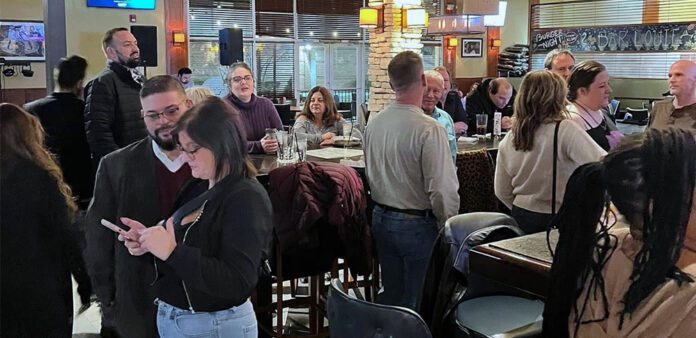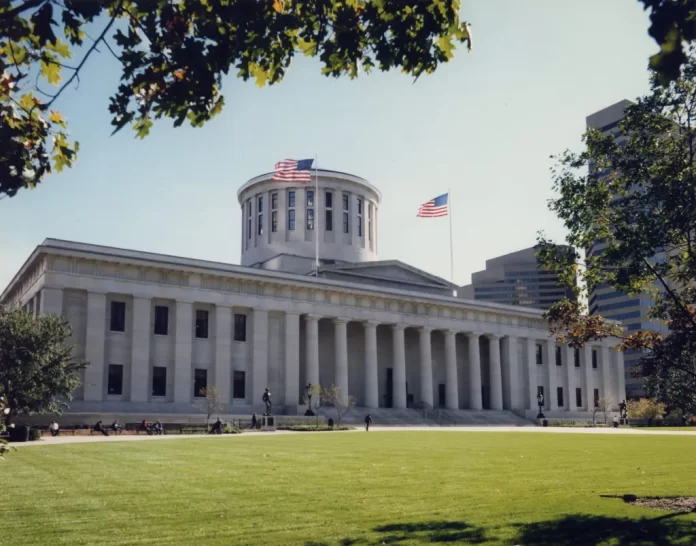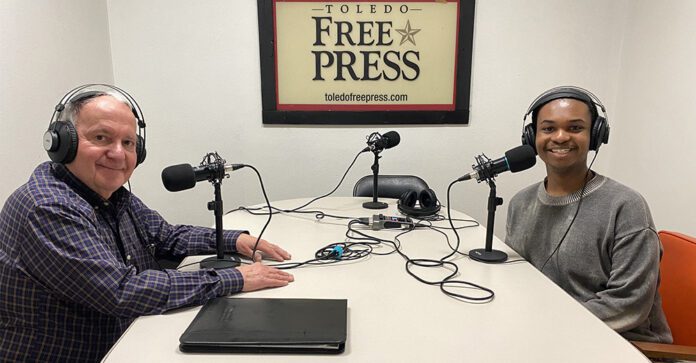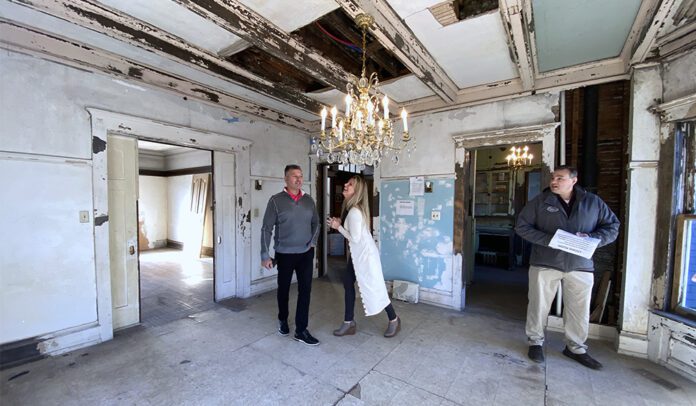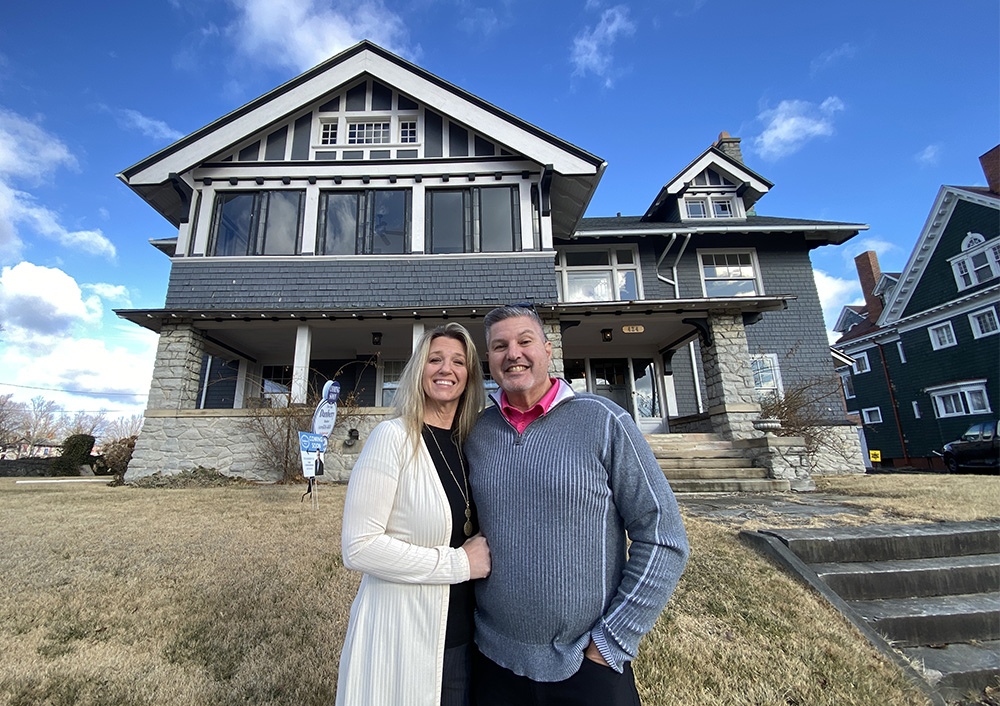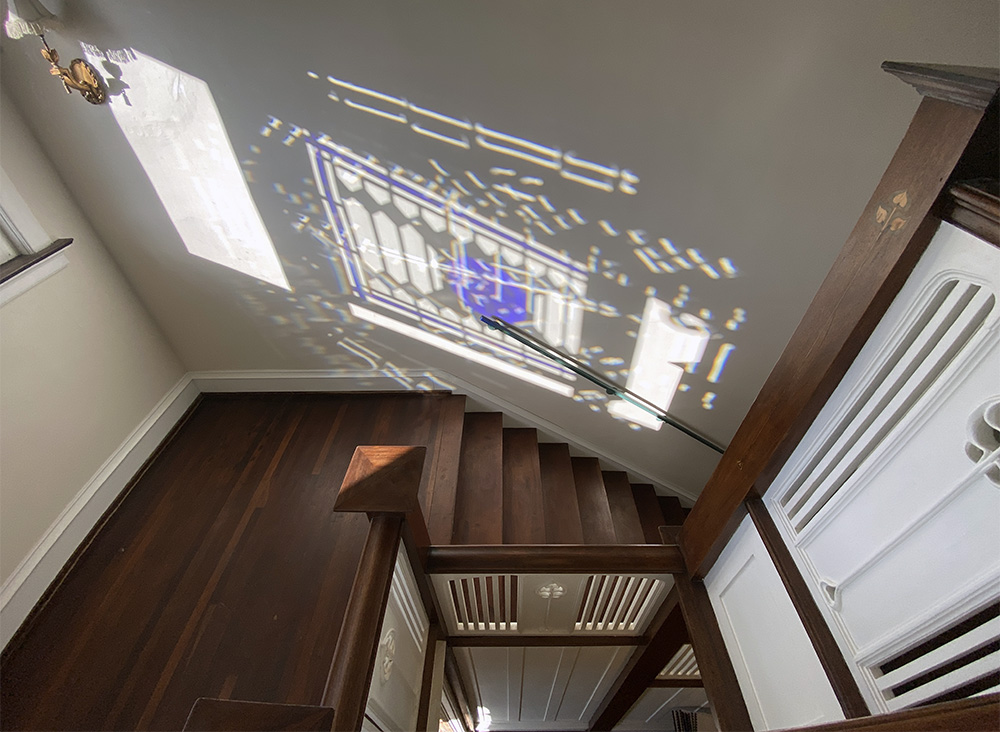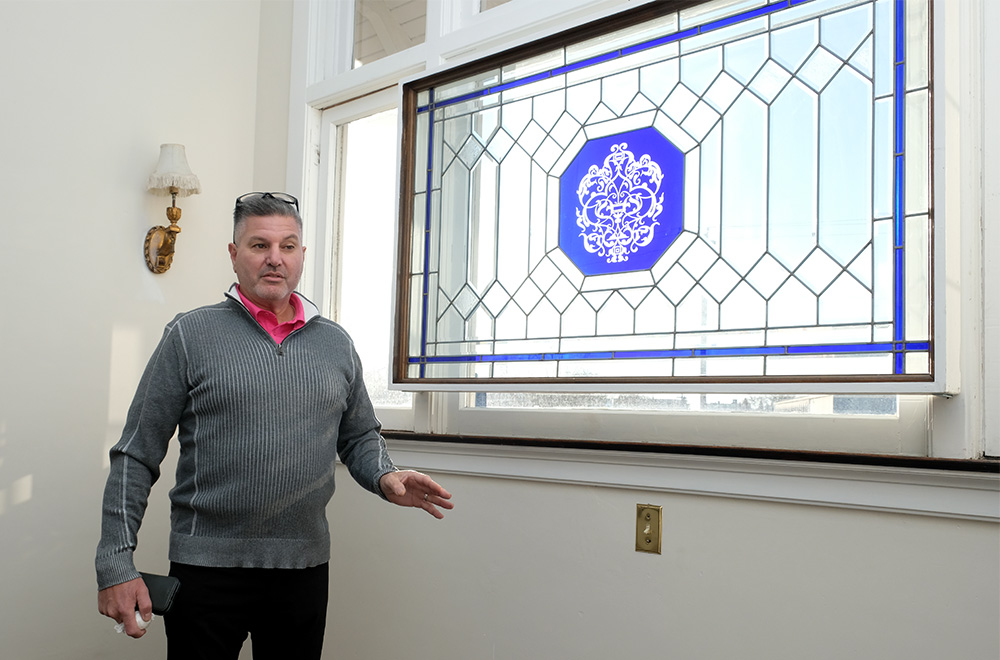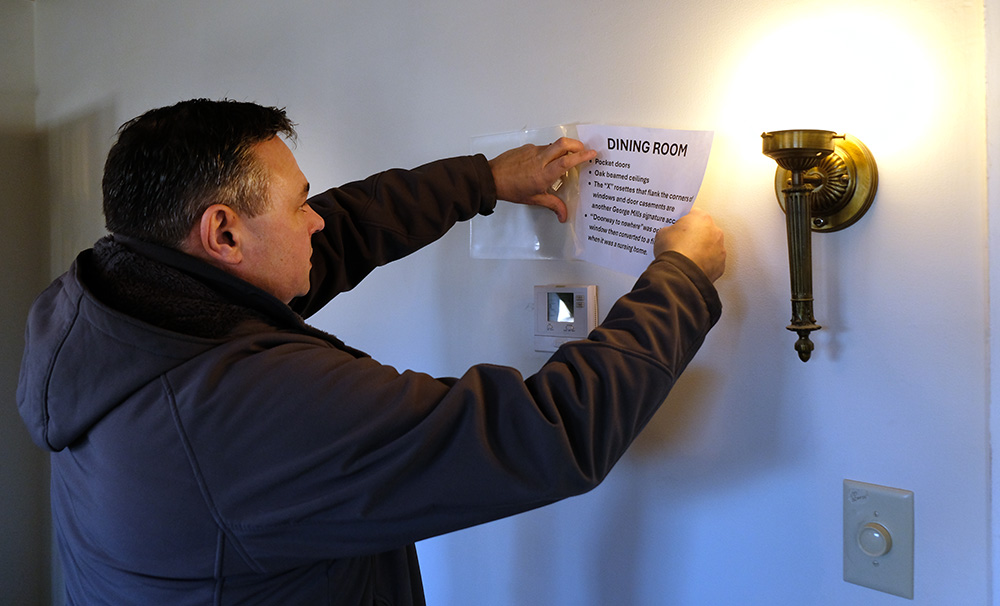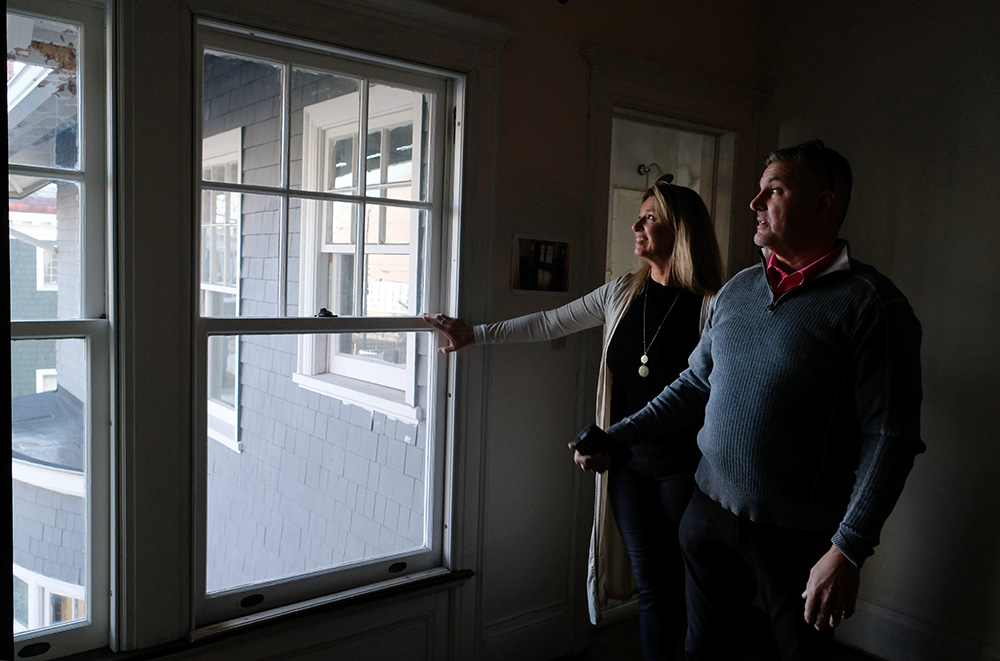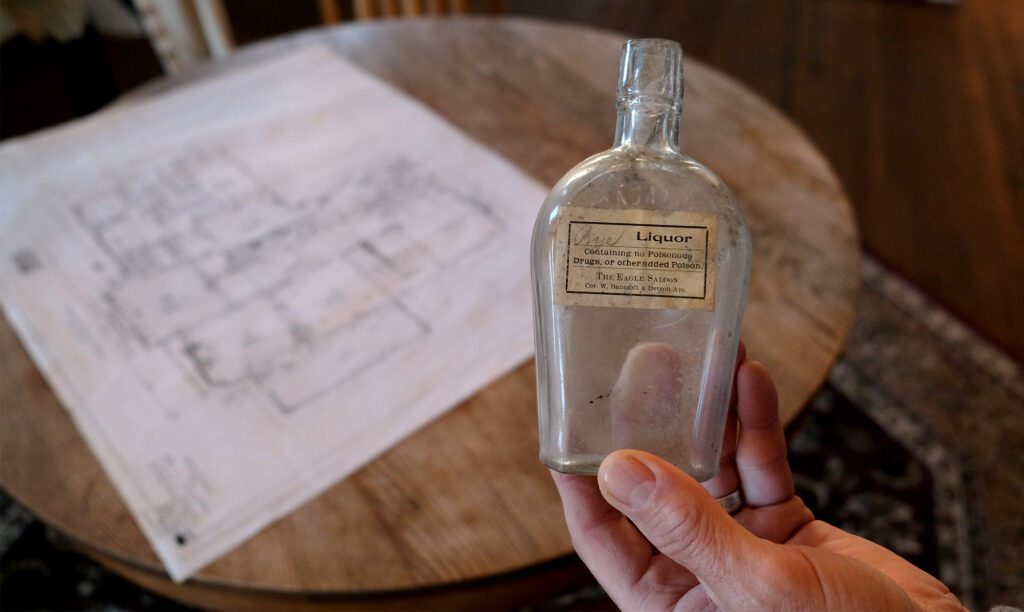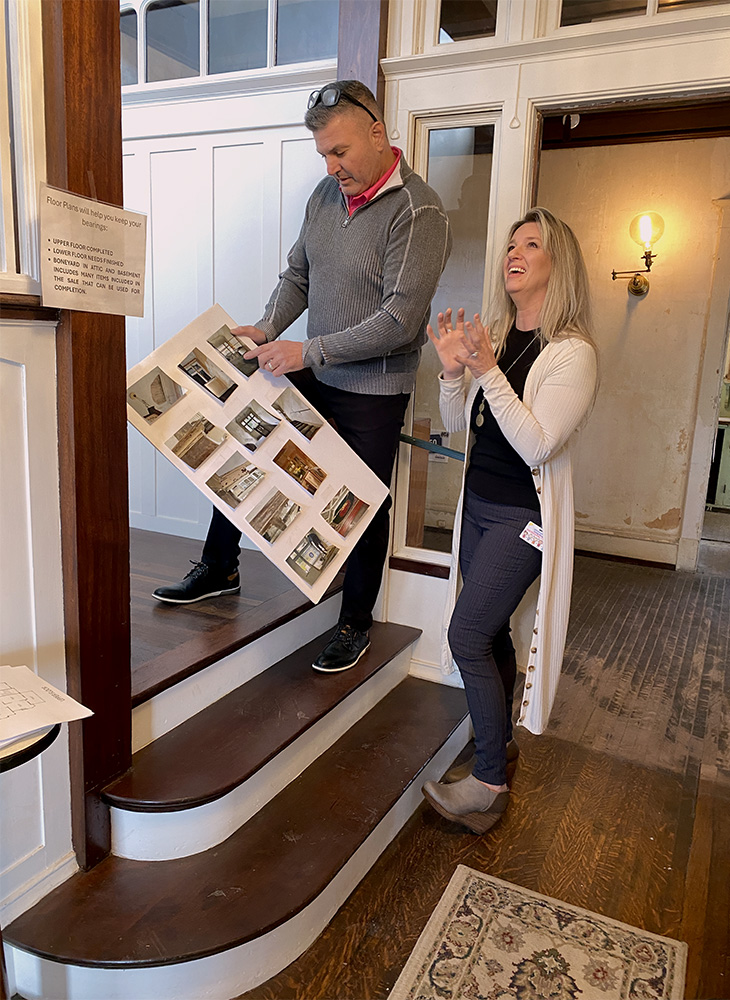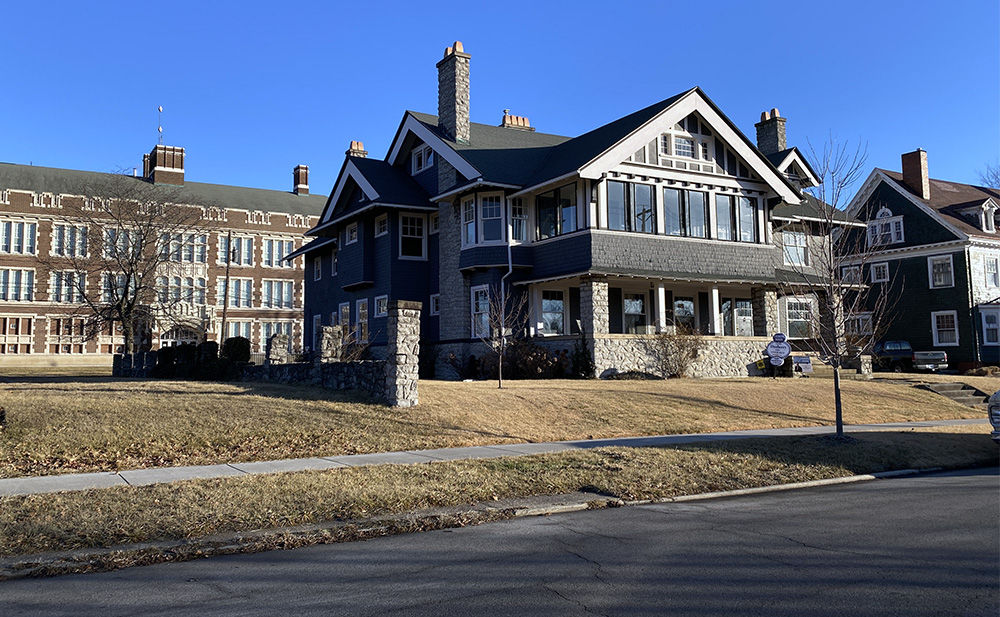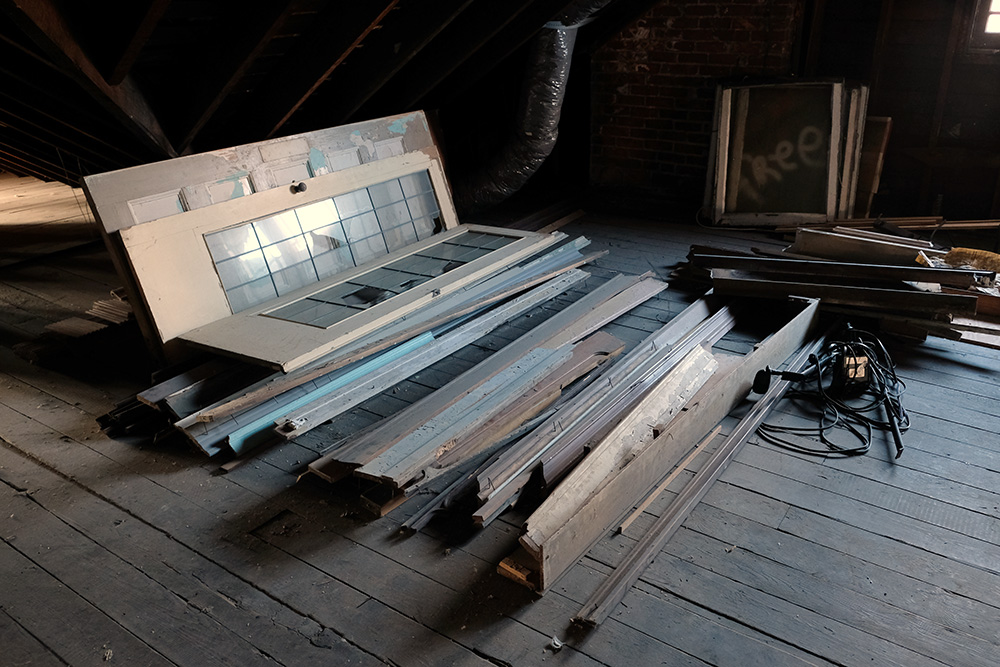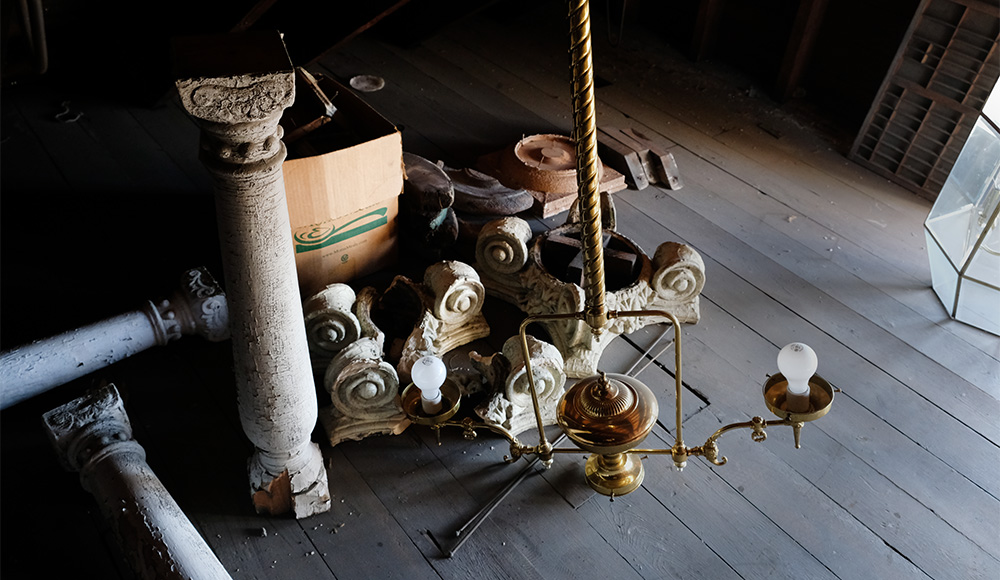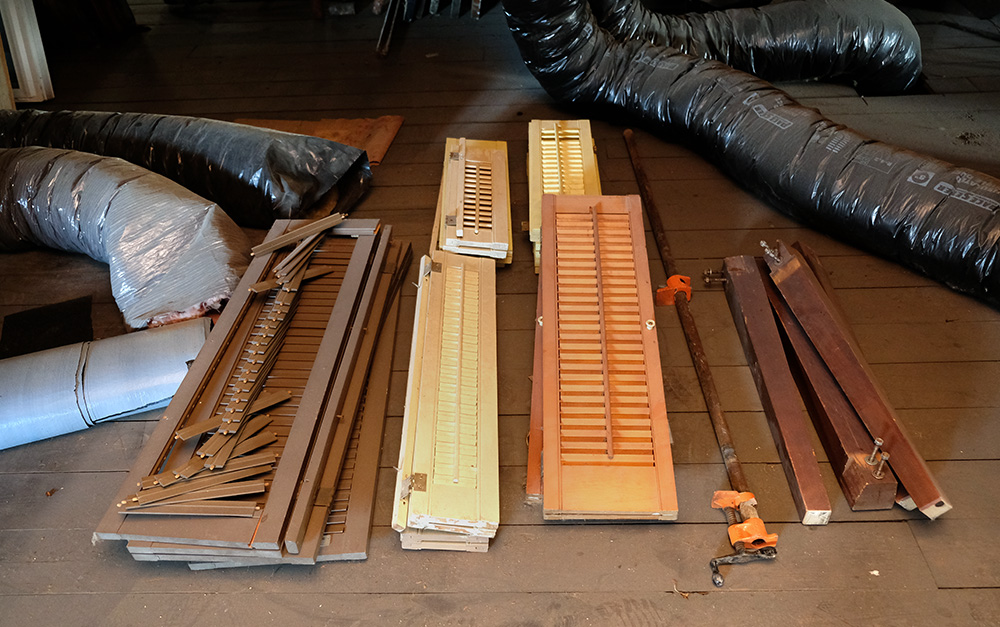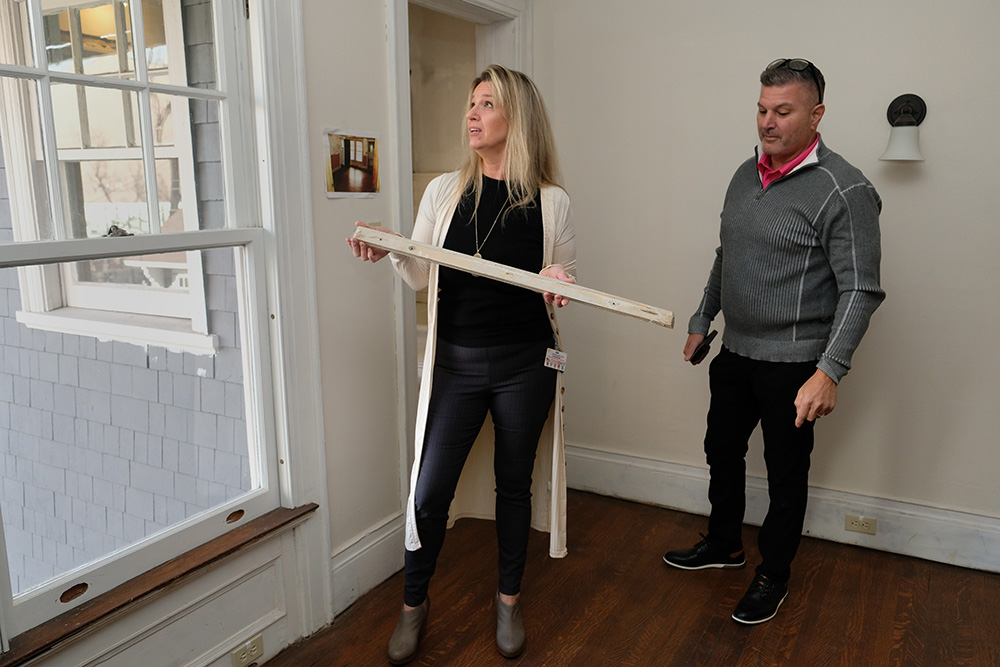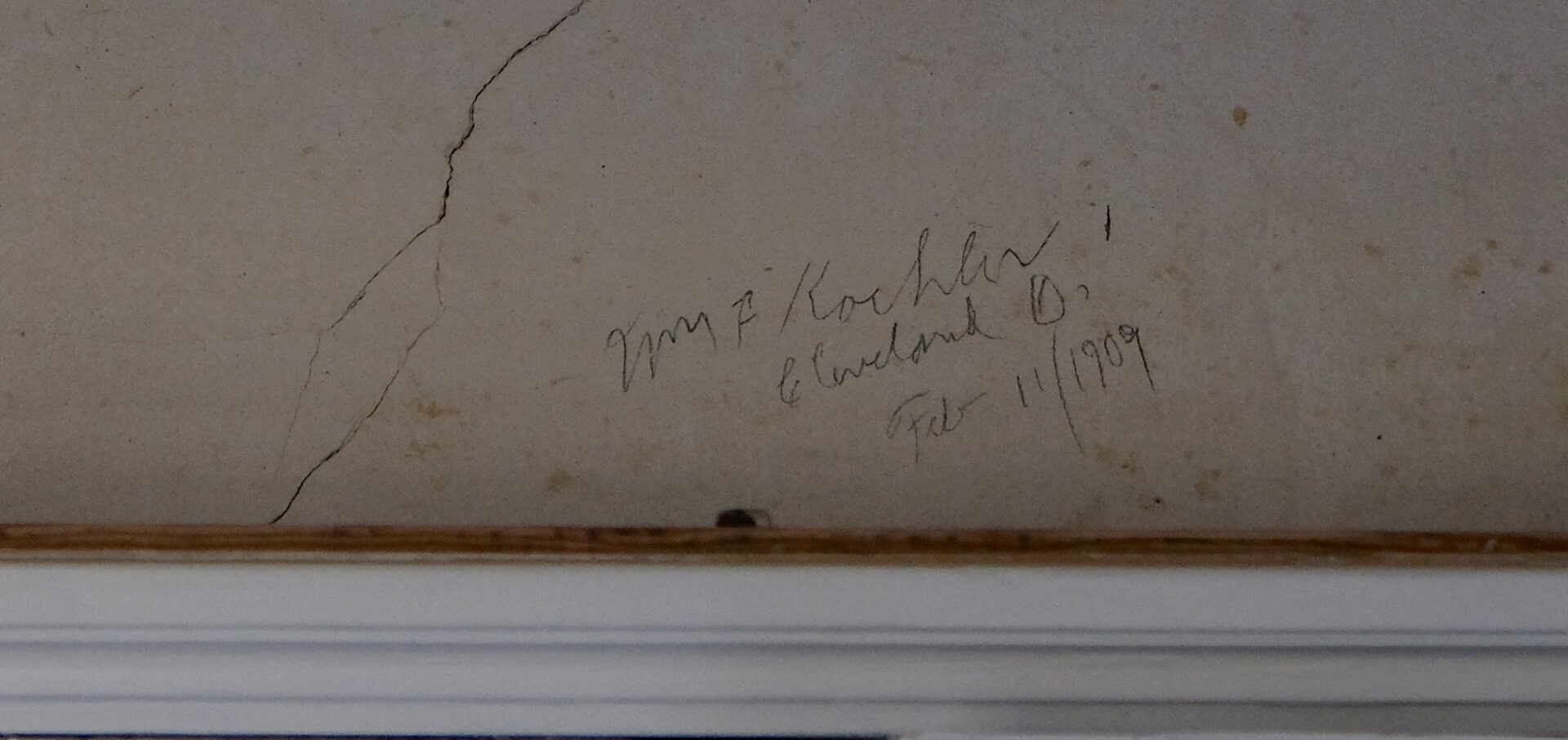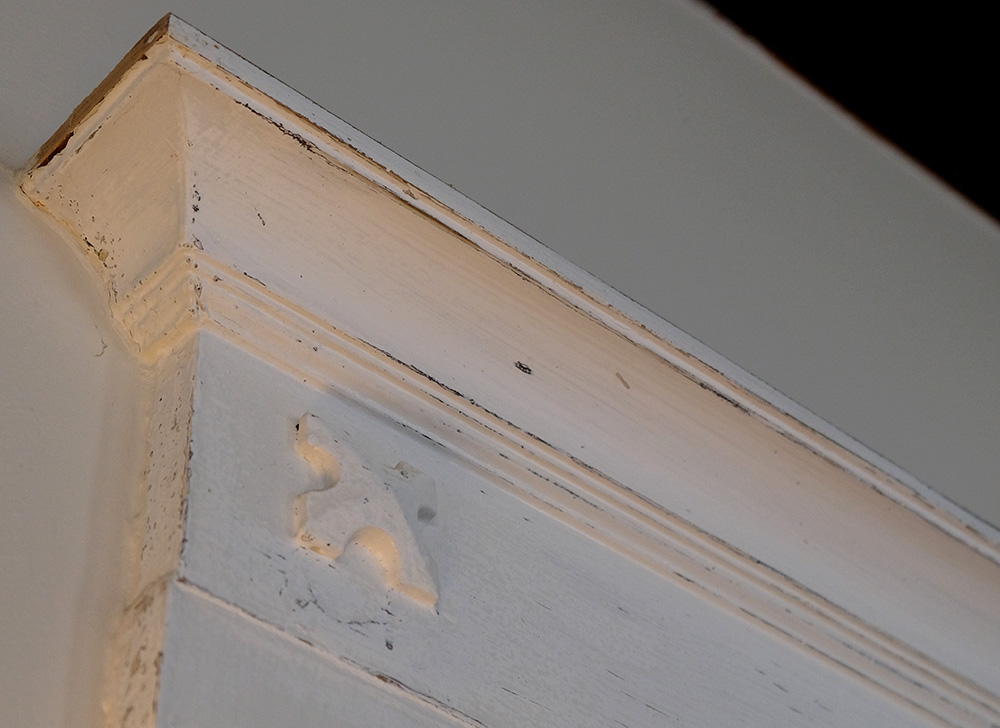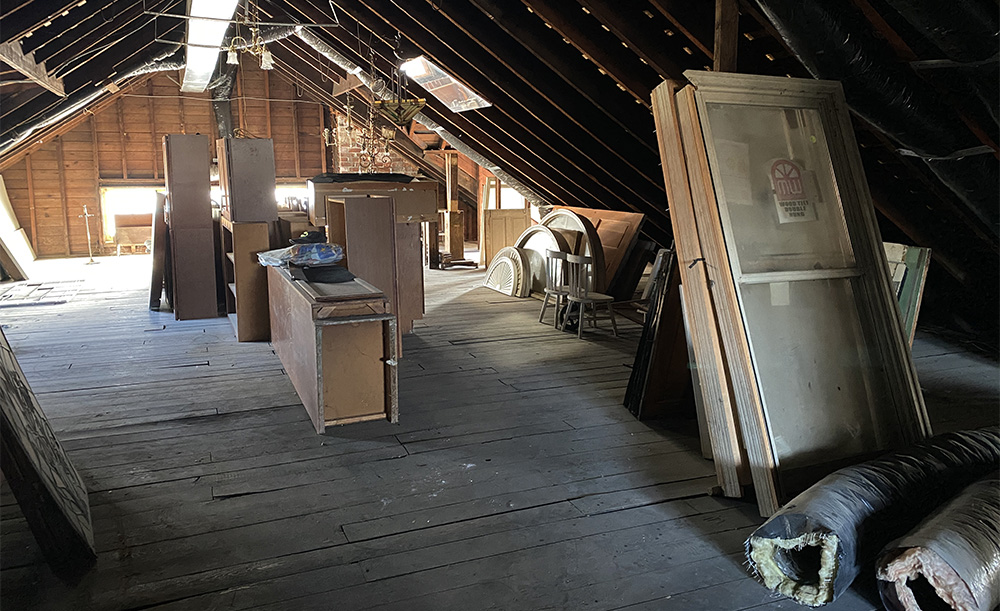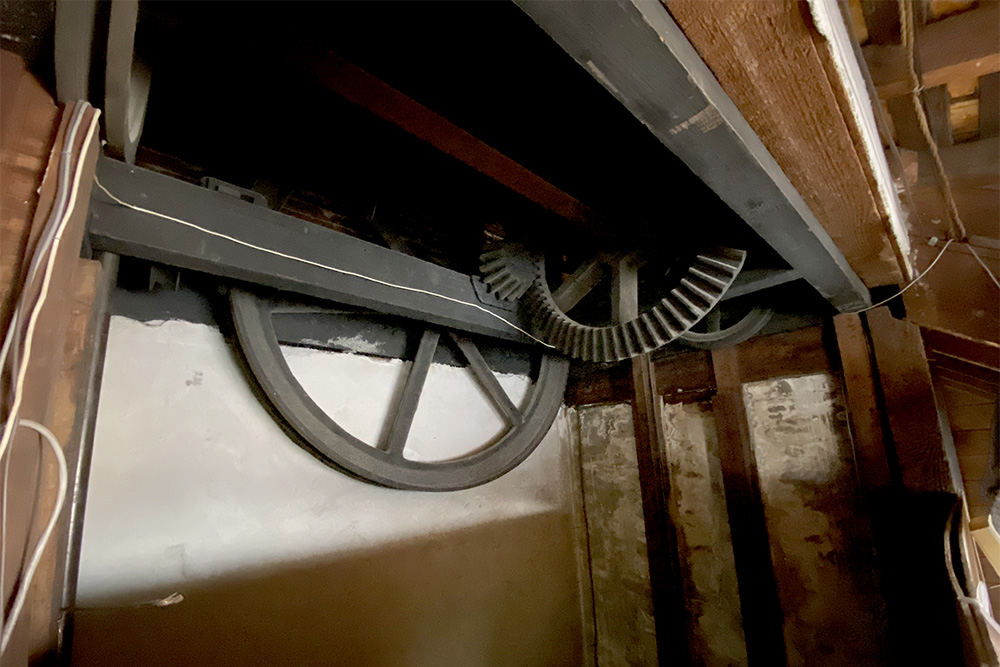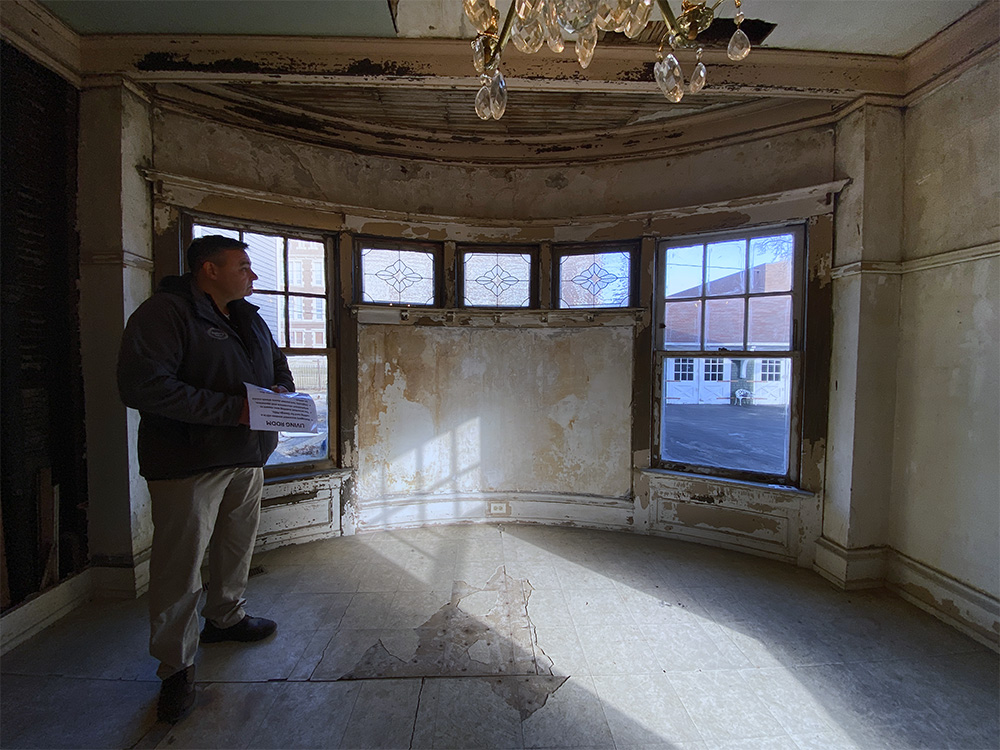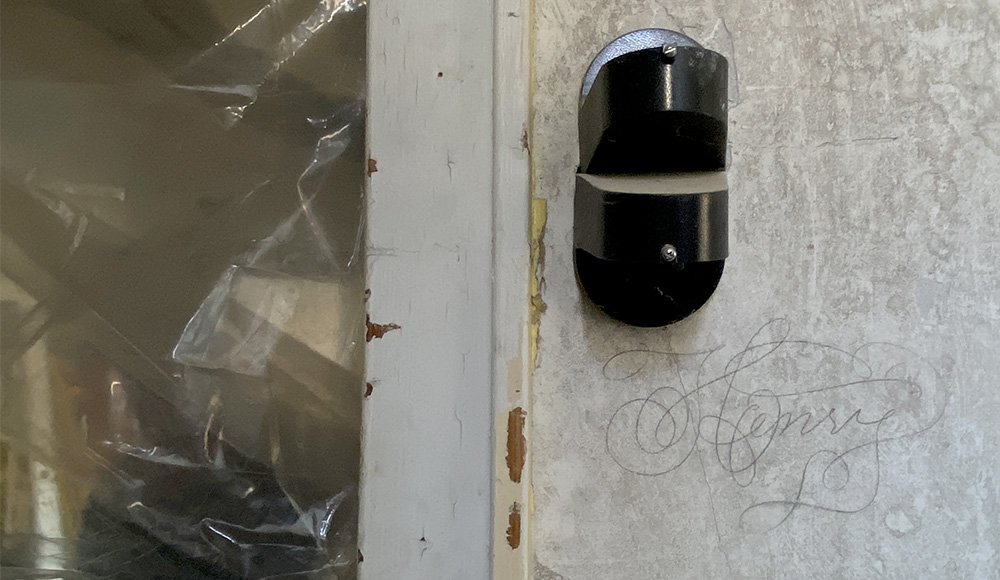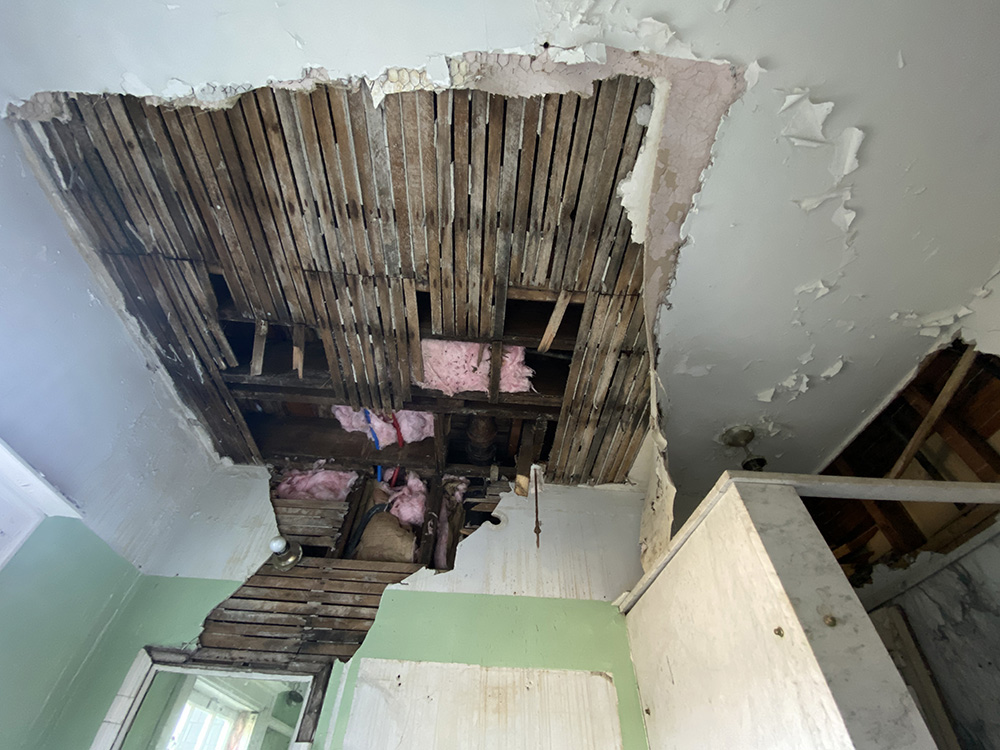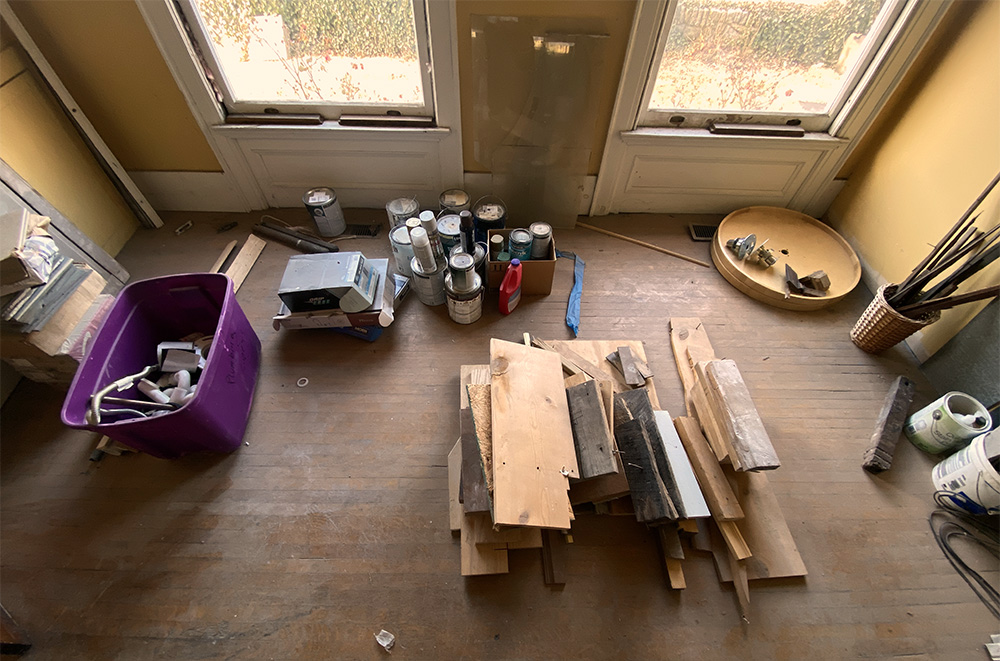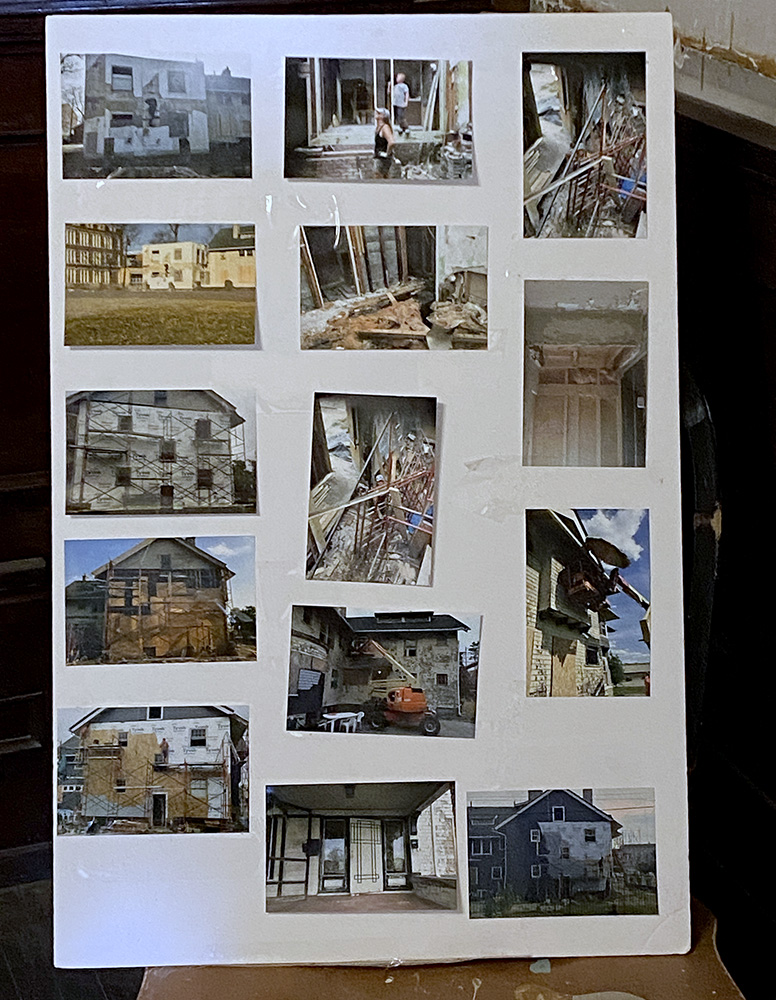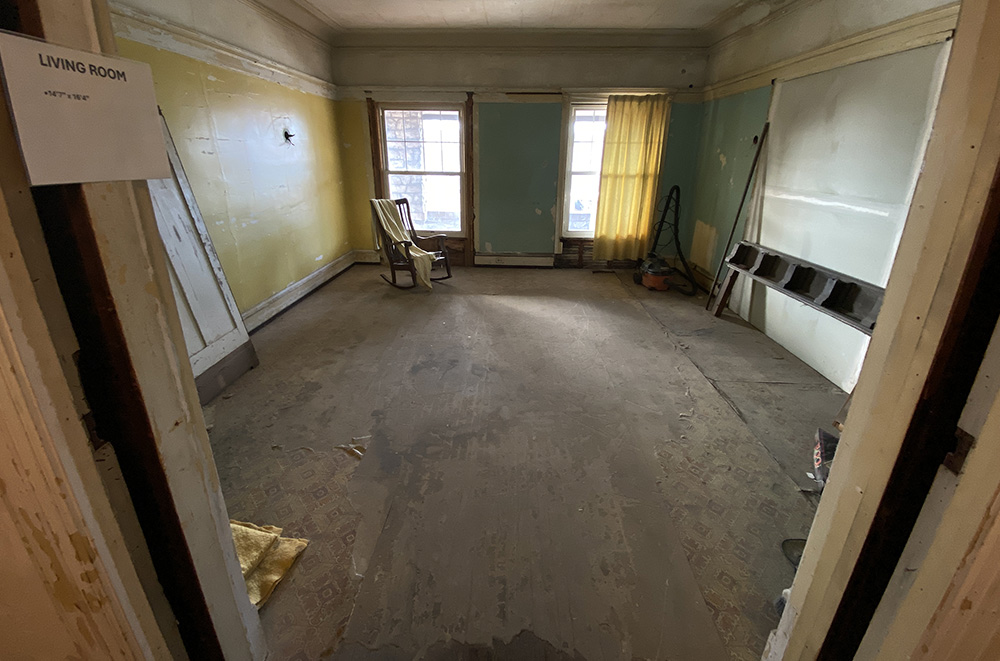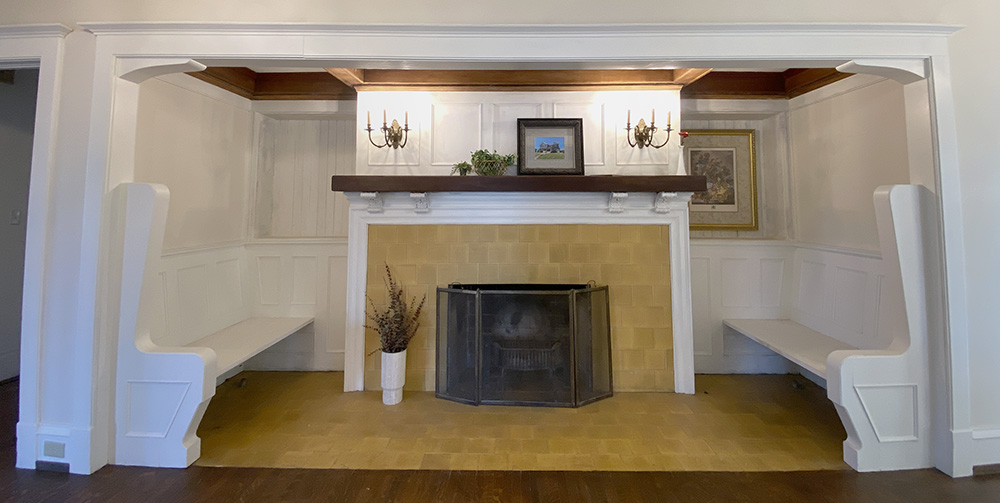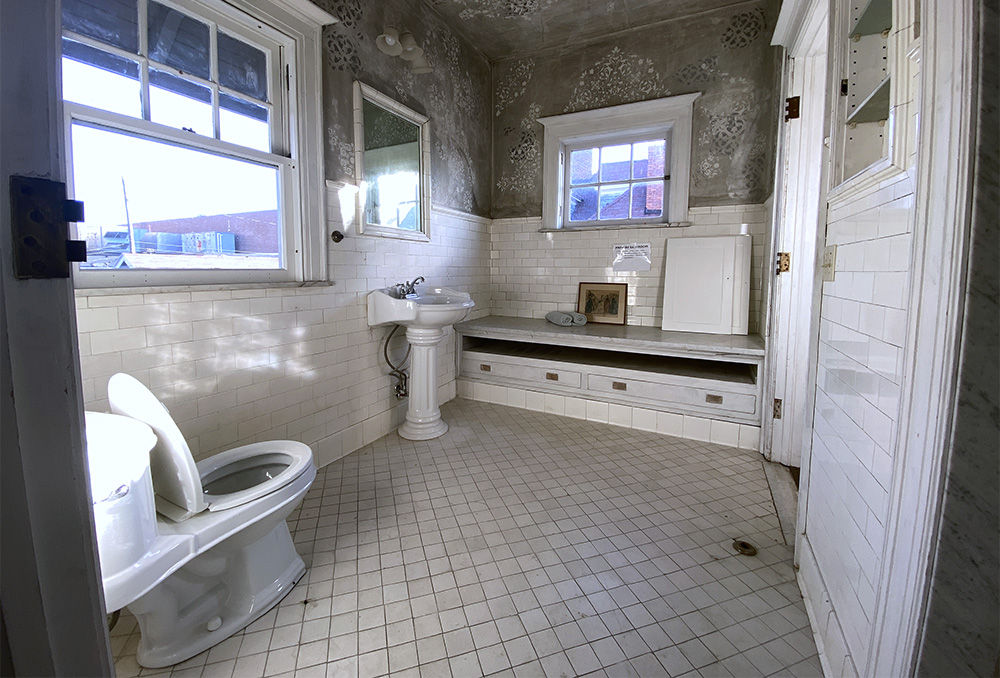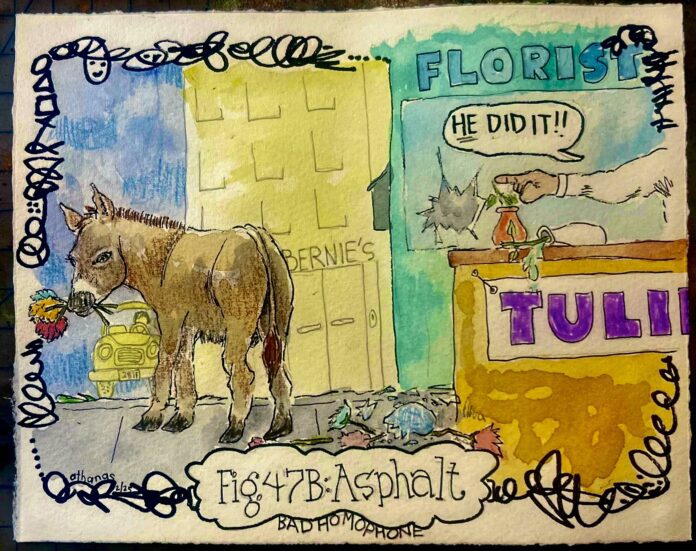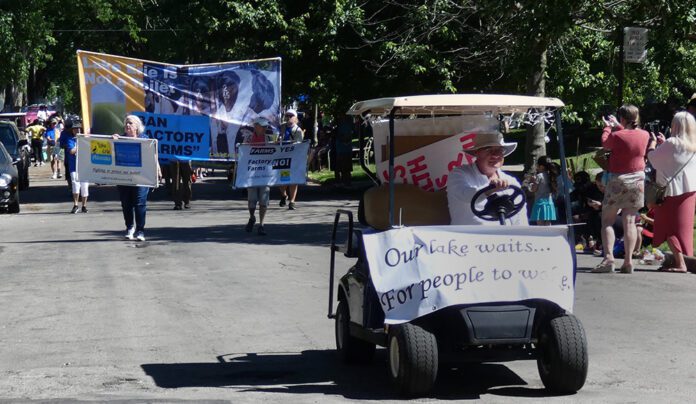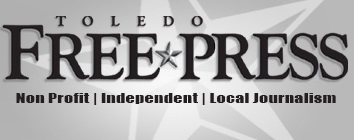TOLEDO – While Valentine’s Day as a celebration of romance and love comes once a year, a new group for single adults aims to spark those feelings — and more, with an eye to safety — year-round.
419singles arrived on the northwest Ohio social scene with a kickoff party on Feb. 8 at Bar Louie in Perrysburg.
“It brings together like-minded singles looking to intentionally date and find a singles community,” said founder Lisa Dunn.
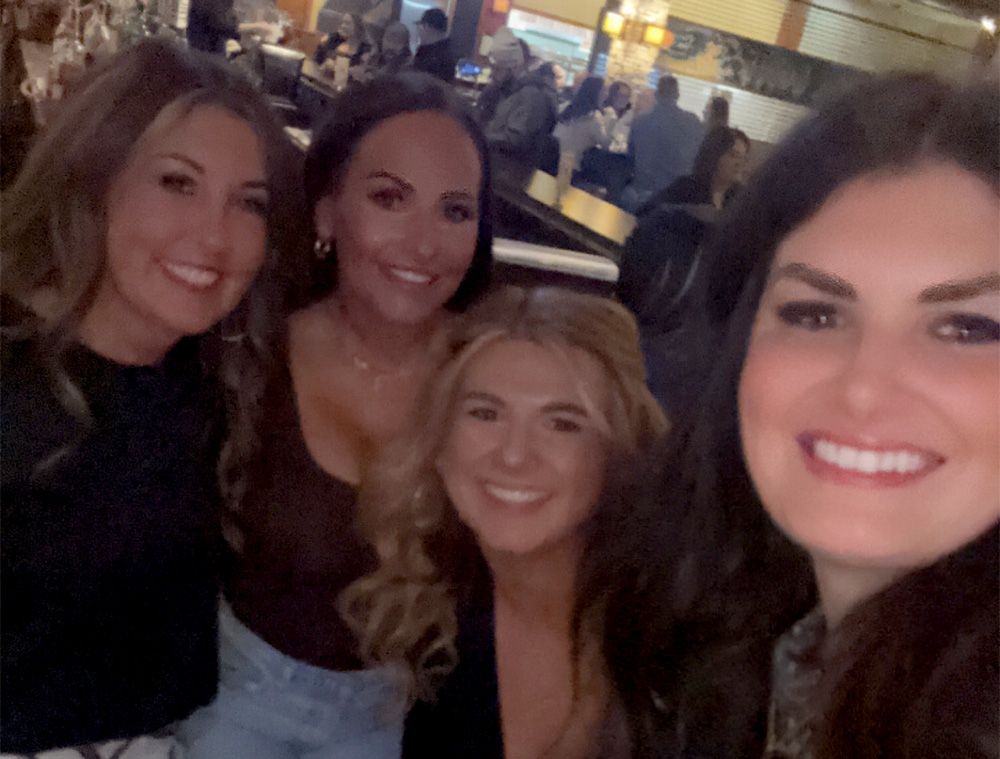
To attend upcoming events, a single must apply to become a member and then pay a $45 application fee. “It’s for purposes of vetting and safety,” said Dunn, a Sylvania resident and a local business manager.
She said the goal is to keep events based around singles who have good intentions and to make sure there’s a level of security, especially for women. And while she’s not doing a background check, Dunn said she’s looking at applicants’ social media handles and whether they’re on a sex offender list.
“We want to have some level of quality of those who are at the events,” she said.
She plans to hold three to four events a month, including a monthly happy hour. Some events will be free, and some will have a ticketed cost to cover food, beverages and entertainment.
419singles for adults 21 and over in about a 60-mile radius of Toledo – hence “419,” the region’s area code. There will also be events based on different age groups, like 50 and over.
For the first few months, Dunn said she’ll review the demographics of applicants to see what groups need to be addressed. “Maybe the LDBTQA+ community,” Dunn said. “We’re open to all.”
Dunn said when she was looking at how singles currently meet, she felt a need for something new, yet old. “Everything is so online-based today. It was time to bring something into our community to get back to meeting in person.
Bumble and Tinder; those are a nightmare,” she said of existing dating applications. “It’s nice to create something where people can actually meet and get to know someone instead of over an app on their phone.
“In general, people have gotten away from doing more meetings in person. It’s better now, but still, people are a little more home bodies. Trying to put yourself back out there and find a partner and other single moms you can relate to, how do you navigate that?
“My hope is to bring people where they can find them. This makes the potential to find partners a little easier,” she said.
Dunn started 419singles in part because of her experiences. “This is unfortunately my second time being single as an adult, not by my choice,” she admitted. “I’ve been through the ups and downs of adult dating. It’s very difficult — even more difficult in a community like Toledo. This is not Chicago or Cleveland. We don’t have a lot of places to go to meet other singles.”


Dunn said her friends encouraged her to start the app. “My first time around being divorced, I did not have a singles community. I felt isolated. I dived into a relationship that was not right for me. This time around, I feel like I have a solid singles network. Having that community helps.”
I feel strongly that part of my mission with this is not to just help people find love, but a singles community and a support system. That’s a vital part of being single. When you don’t have that community, you make choices in dating that aren’t the best choices for you.”
Dunn’s project is drawing praise.
“Dating has become very difficult. I know — I have been looking for other ways to meet people outside of dating apps,” Steve Stallard said. “When Lisa explained her idea for 419singles to me, I thought it was amazing because it feels more personal and is geared toward people who are looking to date intentionally.”
“This gives the Toledo community another option to get out and meet someone face-to-face in a more comfortable environment,” he added.
Speaking about 419singles’ planned events, Lauren Holub said that “sometimes first dates can be scary, so at these events you can come and talk to others and get to know them to see if you have a connection first, instead of just jumping into a first date. Toledo doesn’t have any dating groups or groups for singles that I know of, so it’s also a good way to form a community to meet others who are in the same situation as you, and you can relate to them.
“Lisa is a good friend of mine and a fellow single mom,” she added. “She has heard my frustrations with dating and putting yourself out there, so what better way to meet others than by giving this a shot?”
Dunn is happy about the timing of introducing 419singles to Northwest Ohio, and the potential for success. “It’s the perfect time to get people involved, right before Valentine’s Day. I can’t wait to see what happens.”
Details can be found on their Facebook page, and by email at 419singles@gmail.com.

